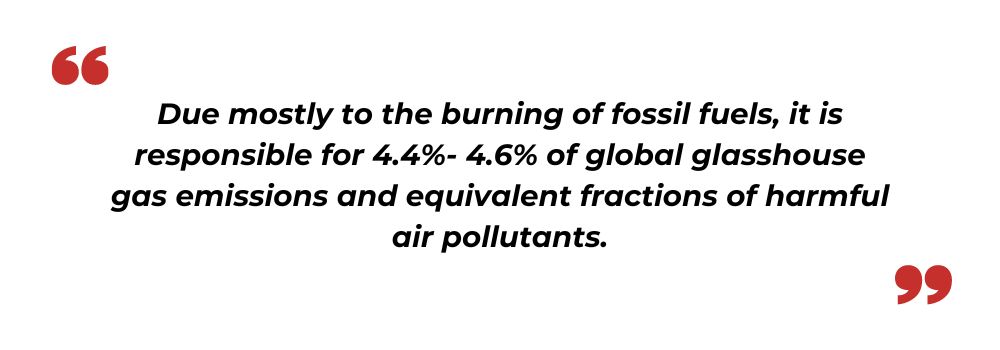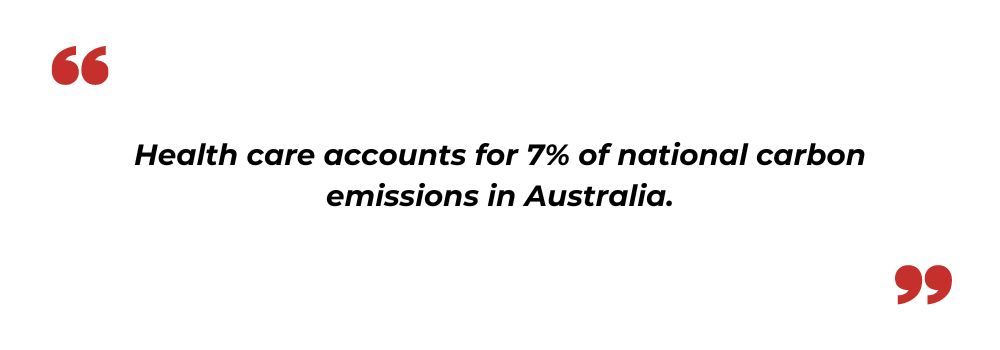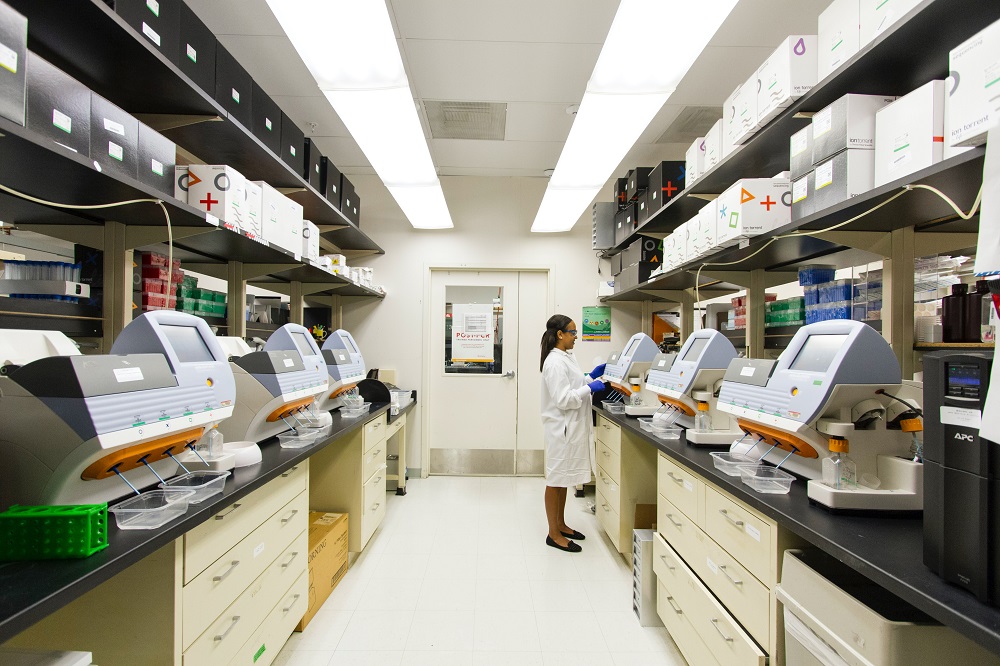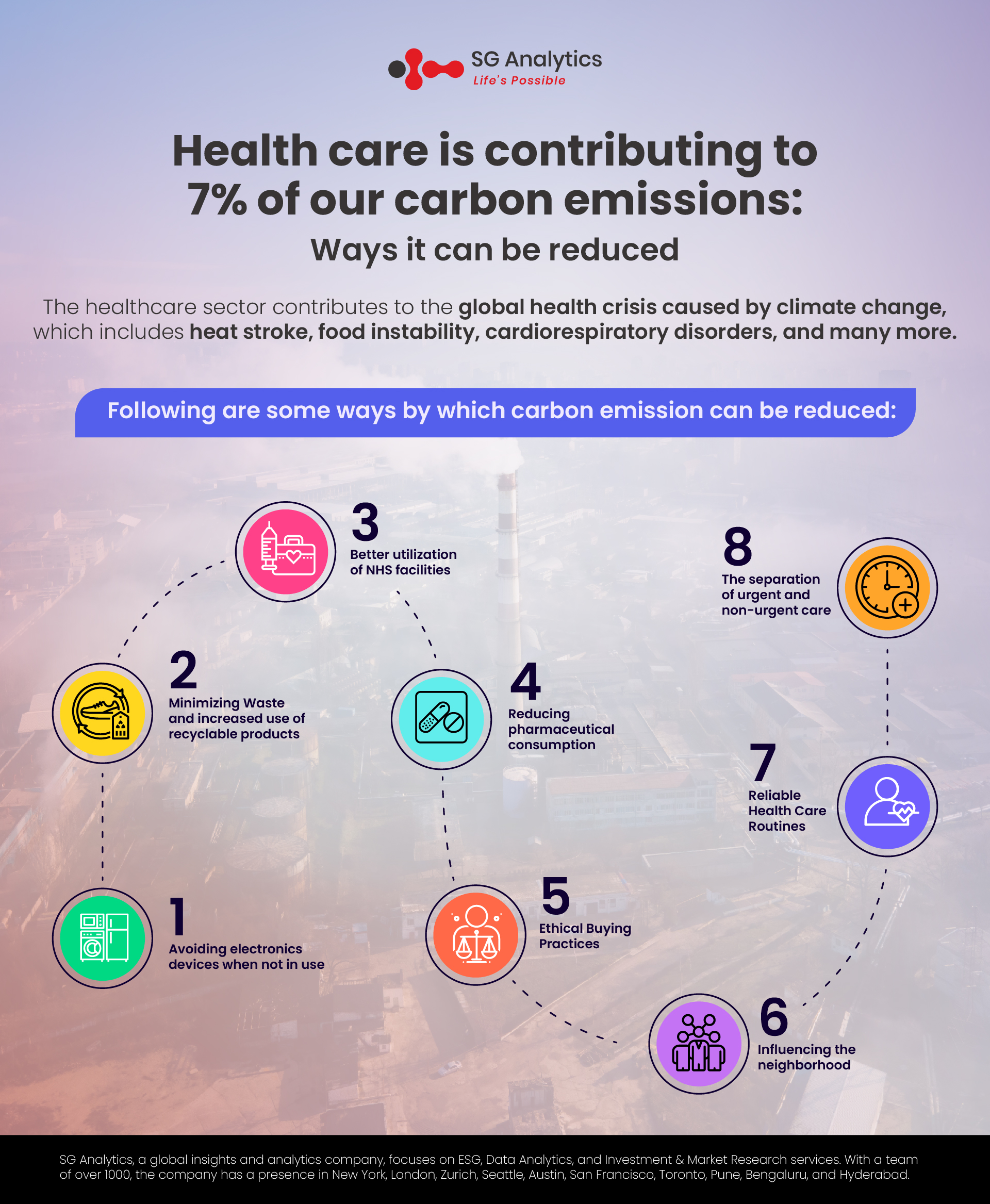Anthropogenic climate change poses a serious risk to the wellbeing of current and future populations. Care delivered inside hospitals results in significant amounts of carbon dioxide released into the atmosphere. Direct effort to decrease waste and energy use is necessary, but significant reform of care pathways is also necessary to ensure that only those patients who cannot safely receive healthcare without harm at home visit or stay in hospitals. It will be extremely challenging to implement these improvements without fundamentally altering the NHS's method of allocating funds.
What causes Carbon Emission? There are numerous types of health-related pollution. Some of the biggest polluters are healthcare facilities and the pharmaceutical industry. The healthcare sector contributes to the global health crisis caused by climate change, which includes heat stroke, food instability, cardiorespiratory disorders, and many more.

When compared to other service industries in the developed world, health care has one of the highest carbon footprints. Due mostly to the burning of fossil fuels, it is responsible for 4.4%- 4.6% (Health Affairs) of global glasshouse gas emissions and equivalent fractions of harmful air pollutants.
Ways Carbon Emission can be reduced
Health care accounts for 7% (The Conversation) of national carbon emissions in Australia. Moving from high-carbon to low-carbon alternatives, or cutting back on needless tests or treatments are just a few ways that the health care sector can reduce emissions without lowering patient safety or the quality of care provided.

By implementing measures to improve several aspects, hospitals can make a significant contribution to lowering global warming emissions. Many estates departments have already made significant monetary and carbon footprint reductions with this method. In this respect, modern hospital architecture can yield significant savings. Some of the ways Carbon Emission can be reduced:
1. Application of power directly
By implementing measures to improve insulation, heating, and lighting, turning off computers and monitors when they are not in use, etc., hospitals can make a significant contribution to lowering global warming emissions. Many estates departments have already made significant monetary and carbon footprint reductions with this method. In this regard, modern hospital architecture can offer significant cost savings.
2. Minimizing Waste
Healthcare generates a lot of trash, much of which comes from the ops rooms at hospitals. Putting potentially recyclable waste into a 'biohazard' container is doubly wasteful because the disposal of 'biohazard' waste necessitates high-energy disposal techniques, such as incineration. Still, recycling is only one part of the puzzle when it comes to reducing garbage. Developing low carbon healthcare practices helps in reducing carbon emission and wastage overall.
3. Better utilization of NHS facilities
Currently, healthcare models are developed with hospitals in mind. There are a lot of outdated structures, and many of the newer ones were erected that significantly restrict their adaptability. For the implementation of new care models, it will be necessary to construct brand-new, multipurpose facilities. This goal cannot be realized without a dramatic shift in the way the NHS handles its property holdings.

4. Reducing pharmaceutical consumption
It is important because drug purchases account for one-fourth of the NHS's total carbon footprint. Methods that could lower the carbon health and monetary costs of medications including patients' own medication during hospital stays reduces medication waste caused by pharmaceuticals provided to the ward but not used before expiration.
5. Ethical Buying Practices
The National Health Service has considerable buying power, and a portion of its carbon footprint is attributable to the manufacture of the goods and services it purchases. Therefore, the purchasers have a lot of untapped influence they may utilize to make their suppliers provide ecologically sustainable goods and services. Supporting local businesses and cutting down on emissions from food transportation are two benefits of making more purchases from nearby establishments.
6. Having an effect on the neighborhood
When it comes to public opinion on environmental sustainability, hospitals may make a huge impact. The service is now being pushed to take active actions to combat obesity among its workforce, such as the many hospitals that give smoking cessation counseling to their employees.

The greater dietary needs of obese people and the higher fuel expenditures of transporting a bigger population contribute significantly to the overall carbon footprint of obesity.
7. Reliable Health Care Routines
Sustainability must be left to the Estates department if healthcare is to become environmentally (and financially) sustainable in the future. For instance, cutting down on unnecessary hospitalizations and extended stays would have a positive impact on both the budget and the environment. More than half of all hospital patients are reportedly unnecessary.
8. The separation of urgent and non-urgent care
Outpatient consultations, emergency care, and elective surgery are three distinct services provided by today's hospitals. These three procedures need to take place at a hospital for no reason other than tradition and the comfort of some physicians. In order to make the most efficient use of operating rooms and beds, it is recommended that elective procedures and emergency care be housed in distinct facilities.
Also Read - Gain Actionable Insights With SGAs Healthcare Analytics Consulting

The health care sector is one that, to a certain extent, needs to learn to adjust to a shifting environment and fortify itself accordingly. On the other hand, they can take steps to reduce the glasshouse gas emissions they cause. There are more measures the government could take, including:
Create uniform measures for measuring the effectiveness of healthcare systems at the local, state, and national levels.
Reduce health systems' GHG emissions through enacting policies that lower the cost of doing so and provide incentives to do so.
Make plans for healthcare without harm systems that detail the next steps and best practices.
The effects of climate change are already having bad consequences. Now is the time for action, and health care systems must do their part.

Conclusion
To put it another way, if the world's healthcare system were a country, it would be the 5th (The conversation) highest carbon dioxide emitter. More frequent and severe heat waves, an increase in the likelihood of flooding and destructive storms, and a shifting pattern of emerging infectious diseases are just some of the ways in which climate change threatens to disrupt health systems' ability to deliver high-quality care and undermine the past so many years' gains in public health. The health sector, like all others, must work towards social cohesion through coordinated effort and progressive change.
The healthcare industry is responsible for a certain percentage of global glasshouse gas emissions, making it an essential player in climate change mitigation efforts. These efforts will not only result in significant reductions in emissions but will also improve patient care, boost employee satisfaction, and reduce costs. Promoting health, preventing disease, and providing universal health care coverage are all important goals in the health sector, but they need to be tied in with the broader global climate goal of zero emissions. The industry must adapt to the changing climate. It is essential to achieving both climate justice and health fairness.
With a presence in New York, San Francisco, Austin, Seattle, Toronto, London, Zurich, Pune, Bengaluru, and Hyderabad, SG Analytics, a pioneer in Research and Analytics, offers tailor-made services to enterprises worldwide.
A leader in the Healthcare domain, SG Analytics is assisting healthcare companies in leveraging the power of information. Contact us today if you are in search of efficient Healthcare solutions to make sound business decisions.









